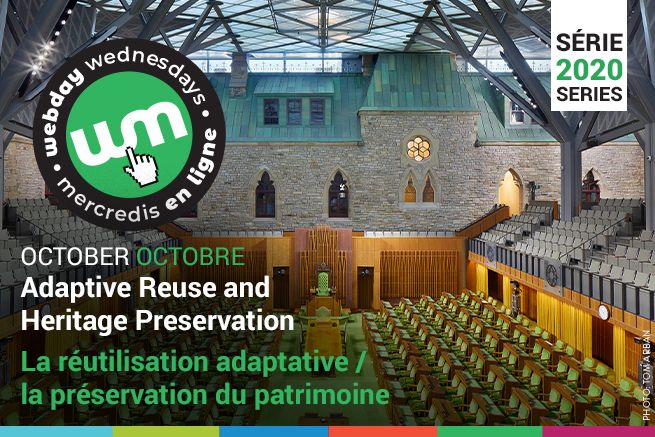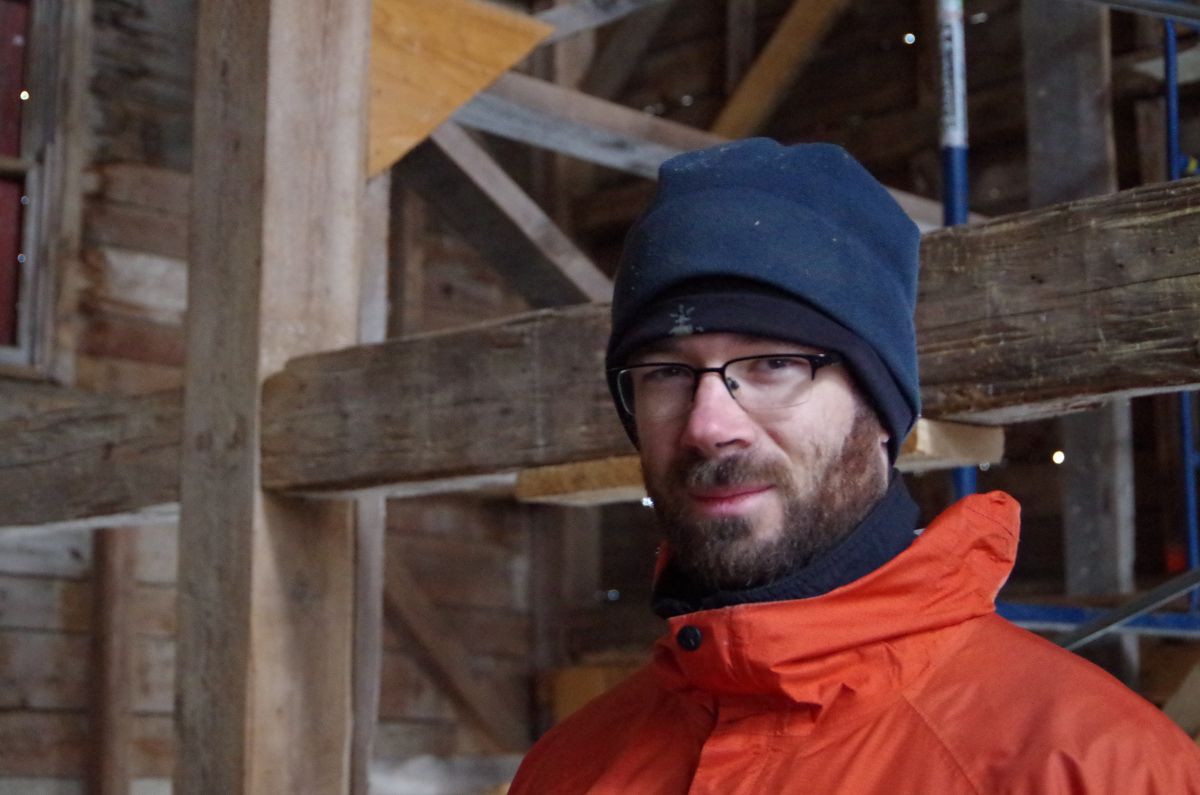
This 1 hour webinar will cover the integrated process needed to produce the best outsomes for old building structural interventions.
Structural Considerations for Old Buildings
Topic: Heritage Conservation
Length: 1 hour What's Included: video, quiz, certificate of completion
This webinar is avialable to stream!

Old buildings are different than new buildings. This statement seems obvious and yet the most common engineering approaches apply new construction defaults to old building problems. At its best this new construction approach can result in missed opportunities, and at its worst can cause serious damage or even future structural failure of an old building. This presentation will show attendees how to look at the structure of an old building and help them ask critical questions of potential specialist sub-consultants.
Getting the best outcomes for old building structural interventions requires a more integrated process than used for new construction. Technical resources are often difficult to find and challenging to apply in new contexts, and collaboration between conservation specialists, project managers, contractors and trades people is crucial. Conservation-based charters and standards work alongside codes to provide best practices for old buildings. Public opinion often suggests that a conservation project will cost more and is only achievable for major public projects. But when international conservation policy is properly applied to the structure of the building, solutions will better preserve heritage value, decrease project costs, and be practical.
Best solutions for old buildings result from applying a combination of a medical-model approach to the engineering process with the aim to be minimally invasive, compatible, and reversible. This minimizes construction and ensures solutions are unlikely to cause future problems. The medical-model approach for old buildings includes looking at case history; investigation to determine a diagnosis; considerations when selecting appropriate treatments; and finally, continued monitoring. Understanding a building’s structure must also consider the building’s history: how was the building built and what changes have been made over time? This case history can then explain what is currently seen, even if an issue is likely a perceived problem or actual. Visual inspection combined with diagnostic testing can create an understanding of root problems in a building, not just symptoms. Once the underlying problem of the structure is clearly defined, it is possible to look at potential long-lasting treatment options. Problems with a building typically have more than one potential solution and finding the best match for an old building is important. And sometimes an assumed problem turns out not to be a problem at all.
The content of this presentation will be delivered with graphic aids and multiple mini-examples of real projects dealing with specific problems. The focus will be on providing the ability to discuss issues with the design team, and to guide questions that help avoid old building pitfalls.
- Gain an overview of how the skill set for engineering old buildings differs from the skills used in new design.
- Recognize the importance of compatibility in materials and systems for old building interventions.
- Recognize when additional questions or information may be worth seeking when collaborating with structural engineers.
- Discuss how better structural engineering can improve an old building project: structurally, economically, aesthetically, and environmentally.

Available Until: December 31, 2022
Pricing A-La-Carte
Member: $50 / Non-Member: $75
Intern Member: $35 / Intern Non-Member: $50
Student: $25 (must be an RAIC student associate member)
This is a recording of a live event.
This webinar is part of a series! See more like this here.



